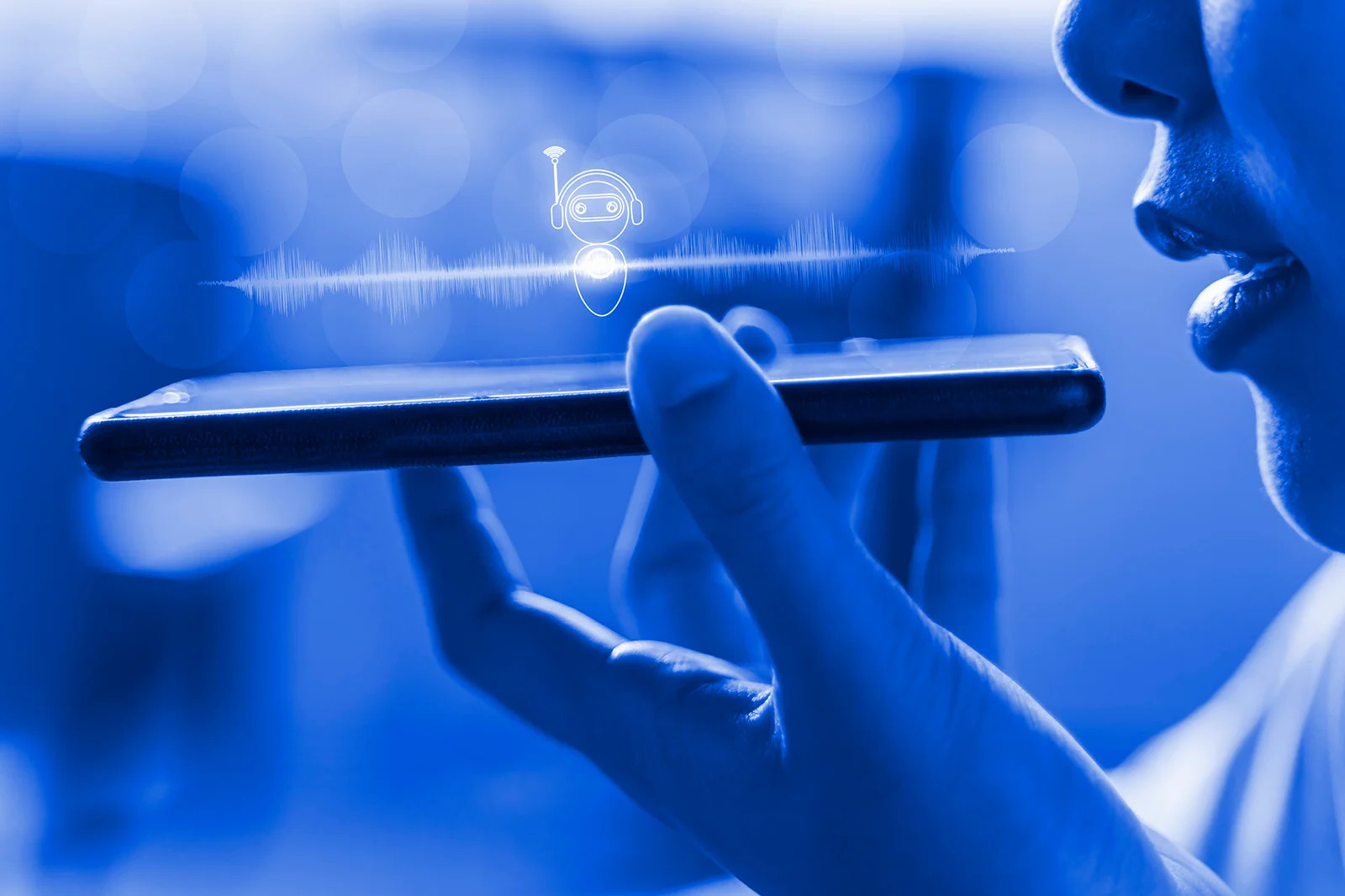
Voice recognition technology has become a part of our daily lives, but how much do we really know about it? Voice recognition systems can understand and process human speech, making tasks easier and faster. From smartphones to home assistants, this tech is everywhere. But did you know that the first voice recognition system was created in the 1950s? Or that voice recognition can now detect emotions in your voice? This blog post will dive into 26 amazing facts about voice recognition that will surprise you. Get ready to learn how this technology works, its history, and its future potential.
What is Voice Recognition?
Voice recognition is a technology that allows machines to understand and process human speech. It's used in various applications, from virtual assistants to security systems. Here are some fascinating facts about this technology.
-
Voice recognition technology dates back to the 1950s. The first system, called "Audrey," was developed by Bell Labs and could recognize digits spoken by a single voice.
-
Siri, Apple's virtual assistant, was introduced in 2011. Siri was one of the first widely-used voice recognition systems in consumer electronics.
-
Voice recognition accuracy has improved dramatically. In the 1990s, accuracy rates were around 70%. Today, they exceed 95%.
-
Google's voice search can recognize over 120 languages. This makes it one of the most versatile voice recognition systems available.
-
Voice recognition is used in healthcare. Doctors use it to transcribe patient notes, saving time and reducing errors.
-
Smart speakers like Amazon Echo and Google Home rely on voice recognition. These devices can control smart home systems, play music, and answer questions.
How Does Voice Recognition Work?
Understanding how voice recognition works involves breaking down the process into several steps. Here's a look at the mechanics behind the magic.
-
Voice recognition systems convert speech into text. This involves capturing sound waves and converting them into digital data.
-
They use algorithms to analyze speech patterns. These algorithms compare the input against a database of known words and phrases.
-
Machine learning improves accuracy. Voice recognition systems learn from user interactions, becoming more accurate over time.
-
Noise reduction is crucial. Background noise can interfere with voice recognition, so systems use noise-canceling technology to filter it out.
-
Context matters. Voice recognition systems use context to understand ambiguous words and phrases better.
-
Voice biometrics can identify individuals. This technology analyzes unique vocal characteristics to verify a person's identity.
Applications of Voice Recognition
Voice recognition technology has found its way into many aspects of daily life. Here are some of the most common applications.
-
Virtual assistants are the most popular use. Siri, Alexa, and Google Assistant are all powered by voice recognition.
-
Voice recognition is used in customer service. Automated systems can handle basic inquiries, freeing up human agents for more complex tasks.
-
It's used in automotive systems. Drivers can control navigation, make calls, and play music without taking their hands off the wheel.
-
Voice recognition aids accessibility. It helps people with disabilities interact with technology more easily.
-
It's used in security systems. Voice recognition can unlock devices and grant access to secure areas.
-
Voice recognition is used in transcription services. Journalists, students, and professionals use it to convert spoken words into written text.
Challenges and Limitations
Despite its many benefits, voice recognition technology faces several challenges. Here are some of the most significant ones.
-
Accents and dialects can be problematic. Voice recognition systems may struggle to understand non-standard speech patterns.
-
Background noise can interfere. Noisy environments can reduce the accuracy of voice recognition.
-
Privacy concerns are significant. Voice recognition systems often require constant listening, raising concerns about data security.
-
Language limitations exist. While many languages are supported, some less common ones are not.
-
Voice recognition can struggle with homophones. Words that sound the same but have different meanings can confuse the system.
-
It requires significant computational power. High accuracy voice recognition needs powerful processors and large amounts of data.
Future of Voice Recognition
The future of voice recognition looks promising, with many exciting developments on the horizon. Here are some trends to watch.
-
Integration with AI will enhance capabilities. Combining voice recognition with artificial intelligence will make systems smarter and more intuitive.
-
Voice recognition in wearables is growing. Devices like smartwatches and fitness trackers are incorporating voice recognition for hands-free operation.
Voice Recognition: The Future is Here
Voice recognition has come a long way. From simple commands to complex interactions, it's now a part of our daily lives. Think about how often you use Siri, Alexa, or Google Assistant. These tools make tasks easier, faster, and sometimes even fun. But it's not just about convenience. Voice recognition is also making strides in accessibility, helping those with disabilities navigate the digital world more easily.
Security is another big win. Voice biometrics add an extra layer of protection, making it harder for unauthorized users to access sensitive information. Businesses are catching on too, using voice tech to improve customer service and streamline operations.
So, whether you're asking your smart speaker to play your favorite song or using voice commands to control your home, voice recognition is here to stay. It's not just a trend; it's the future.
Was this page helpful?
Our commitment to delivering trustworthy and engaging content is at the heart of what we do. Each fact on our site is contributed by real users like you, bringing a wealth of diverse insights and information. To ensure the highest standards of accuracy and reliability, our dedicated editors meticulously review each submission. This process guarantees that the facts we share are not only fascinating but also credible. Trust in our commitment to quality and authenticity as you explore and learn with us.
